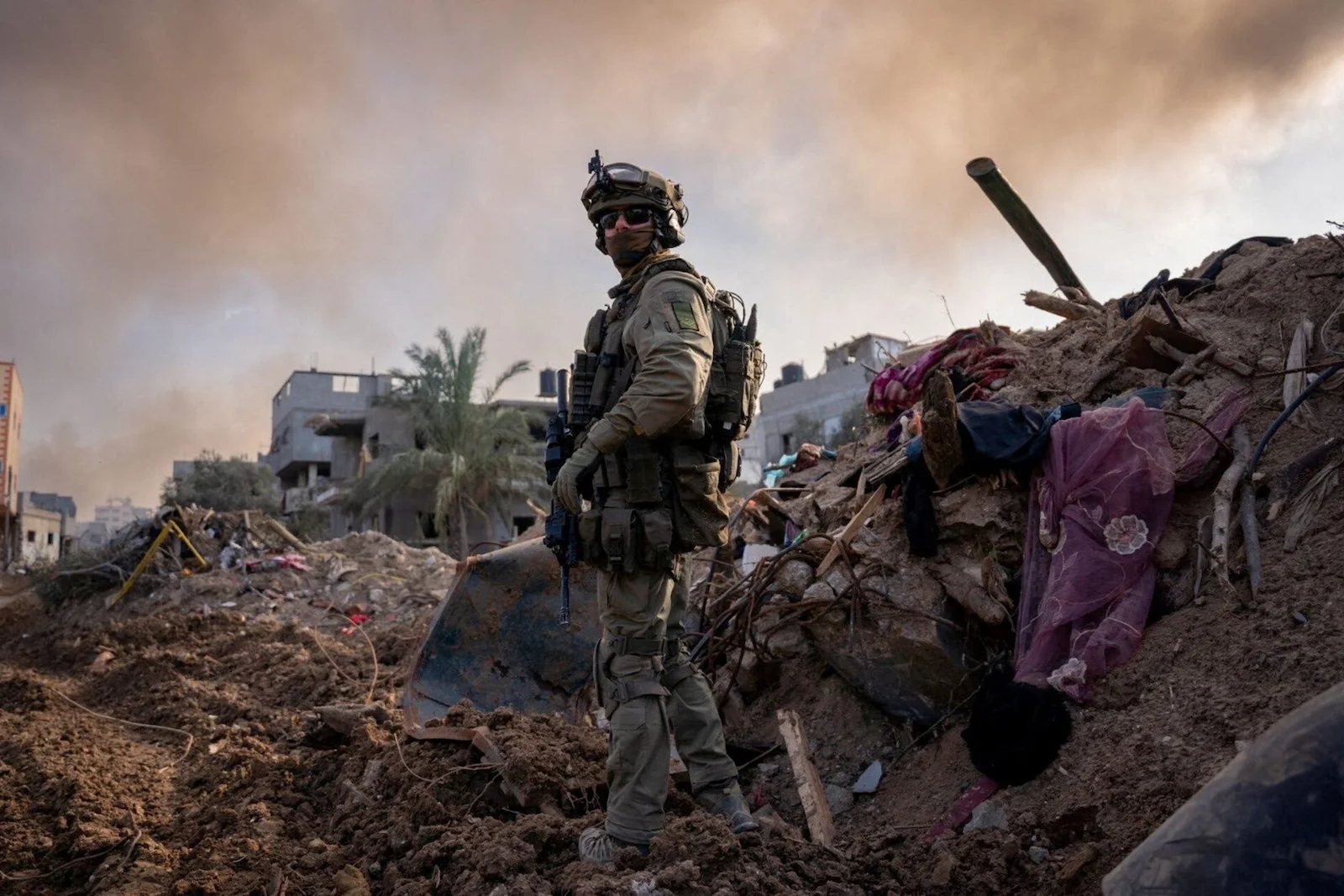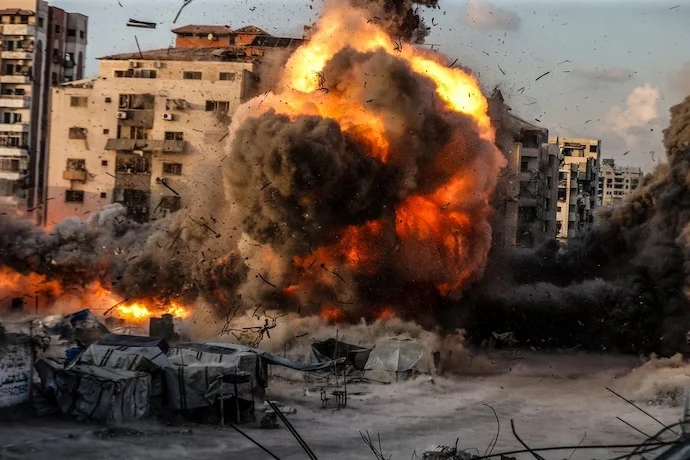
Israel and the Vanishing of Gaza City
Destroying cultures and eradicating the legacies of a people is a game the parochial and the dim-witted delight in. While this should be shunned and punished in international law, a general discomfort of purpose seems to trouble the friends of Israel as the state goes about its business of ruining what vestiges of living might exist in the Gaza Strip. As Israel’s warriors of vengeful virtue go about demolishing one of the last parts of Gaza that has any infrastructure worth mentioning, the usual ceremony of impotent effusion and concern is registered across the networks of the world.
By the end of October 2024, Corey Scher and Jamon Van Den Hoek noted that the Gaza Strip had been subjected to “one of the most intense bombing campaigns of the twenty-first century, driving widespread urban damage.” With a focus on northern Gaza, the authors noted that 191,263 (three-fifths) of all buildings were either damaged or destroyed. In such outlets of sober discernment as Lawfare, we find the authors aghast that the operations in Gaza eclipse those of more recent operations of levelling mayhem, be it the destruction of Mariupol in Ukraine, where 32 percent of the buildings were destroyed or damaged, or the Syrian town of Aleppo, an ancient city victim to a war that saw damage to 40 percent of its buildings during three years of remorseless conflict.

In language so corrupted that it conveys the opposite of what is intended, Israel has again used the term “humanitarian zone” in areas it repeatedly bombs, whose residents are being consistently killed. Leaflets dropped over Gaza City on September 7 made the bold and mendacious claim: “From this moment it is announced that the al-Mawasi area is a humanitarian zone and steps will be taken to provide better humanitarian services there.” (They were evidently not up to scratch before.) The Gaza Ministry of Interior could only capitalise on this in a statement. “We call on citizens in Gaza City to be aware of the occupation’s deceitful claims about the existence of a humanitarian safe zone in the south of the Strip.”
Al Jazeera’s Hani Mahmoud reports that the IDF is “using remotely controlled explosive robots, and detonating them in residential streets, destroying neighbourhoods.” He goes on to say that homes, public facilities, schools, and a mosque were also hit in Sheikh Radwan. The head of the Palestinian NGOs network, Amjad Shawa, also observed that Israeli forces were “aiming to force Palestinians to the southern areas using these explosions, but everyone knows that there is no safe place in the south or any humanitarian zone.”
Demolitions are now taking place at will, with the high-rise buildings in Gaza City falling to attacks. BBC Verify notes that the IDF is replicating its pattern of demolishing structures in southern Gaza. “Thousands of buildings in areas including Rafah and Khan Younis have been demolished by controlled explosions and demolition contractors in the area.”
Along the way, tents have disappeared in such areas as Zeitoun. Palestinians, treated like much incidental livestock in war, have again been forced to move on under callous direction. Israeli military spokesperson, the gruesome Avichay Adraee, growled his bit of advice that residents leave the city to move to a designated coastal area of Khan Younis, which is risibly called a “humanitarian zone.” On social media, Adraee assures his own conscience – and those of his colleagues: residents are told to leave such specific buildings as the Al-Ruya complex because of alleged Hamas “terrorist infrastructure” in it.
Israeli Prime Minister Benjamin Netanyahu adds a vicious flourish, treating the systematic destruction of Gaza City’s infrastructure as entailing the necessary removal of “terror towers” and “nests of terror” (50, to date, having been destroyed). “Now all of this is just an introduction, just a prelude, to the main intense operation – a ground manoeuvre of our forces, who are organising and gathering in Gaza City.” Paying lip service to humanitarian considerations, he also wished it to be on record that those in Gaza “take advantage of this opportunity and listen” with care to his words: “You have been warned. Get out of there.”
The time given for leaving such structures is a question of debate. Aida Abu Kas, resident of the now demolished Sousi Tower, claims that a mere 20 minutes was given by the IDF to take what belongings they could and leave the building before its razing. A better perspective of Israeli intentions is offered by Defence Minister Israel Katz. In posting a video on social media featuring the destruction of Sousi Tower, he ecstatically claimed (war crime prosecutors, take keen note) that, “The gates of hell are being unlocked in Gaza City.”
In another post of ample blood lust on the X platform, Katz “a last warning to the murderers and rapists of Hamas in Gaza, and in luxury hotels abroad: Release the hostages, and put down your weapons – or Gaza will be destroyed and you will be obliterated.” In such exercises, distinguishing between civilians and combatants no longer takes place. Targets, and culpability, are conflated, as they have been from the outset. The next hellish stage is being set.
